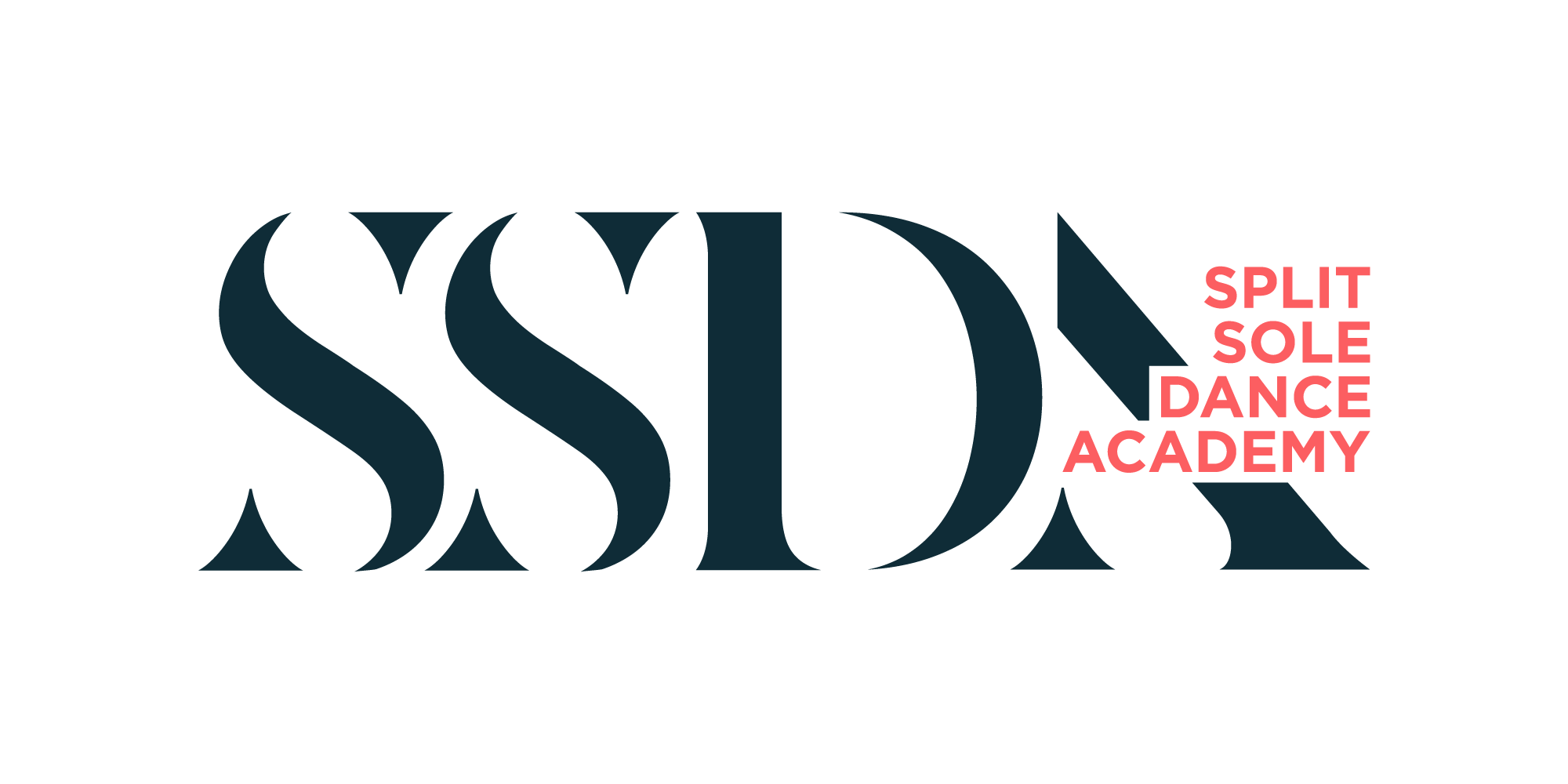Musicality refers to a dancer’s musical sensitivity and/or knowledge.
Musicality in Choreography
Choreography is a well-thought-out and organised method of displaying your musicianship. It’s comparable to writing a research paper or doing homework. You spend time preparing to grasp the content and researching it (by frequently listening to the music and examining motions), and then you analyse the information you’ve gained to create a final, complete composition.
Musicality In Freestyle
It’s like taking a test when you’re freestyling. You’ve done your homework and practise issues (familiarising yourself with songs/rhythms and drilling movements/technique), and now you’re using what you’ve learned from the various songs on the fly.
Now, let’s work on sharpening your musicality understanding so you can improve your choreography and freestyling skills!
Step 1: Understand the Song’s Different Elements
A song is similar to a puzzle. You want to break it down and understand each component. Listen to the music multiple times and break it down and identify each instrument or voice that contributes to it. Some are obvious, such as the singing or the basic four-on-the-floor percussion beat, but it’s the details that make the songs unique.
Syncopated rhythms, for example, are a lot of fun to listen to but can be difficult to grasp. When I get to a syncopated rhythm, I sometimes have to pause and pick it apart before I can just sing it back. Even so, I still have difficulty counting a syncopated rhythm.
We also tend to focus on the obvious, so certain sounds will be tucked in the music, but finding that great, fresh sound in a tune is like finding treasure. We’ve all had that “AH-HAH” moment in class when we finally hear what the choreographer was attempting to hit.
As you gain a deeper understanding of the music, you may begin to fit the pieces together and see how they relate to one another. This gives you the freedom to choose what you want to express via your dancing.
Step 2: Understand How Each Instruments Sound
You want to understand how the elements in a song sound now that you’ve isolated them. Each component of a song expresses itself in a unique way. If you have a musical background, you may find this easier because you are aware that there are markings in the music that tell you exactly how to play the notes. You’re doing the opposite of what you should be doing when it comes to building musicality. You’re extracting the sound quality from what’s being played. Listening to the song’s lyrics is a good illustration of this.
Some syllables will be short and snappy, while others may be drawn out. The pitch will occasionally be higher or lower and alternate between the two. You want your movement as a dancer to mimic the sound. Sharp, fast actions can be translated from short, rapid phrases. Lower pitches may entice you to hit at a lower level. Being able to hear the qualities of drum instruments is a more subtle example.
A snare isn’t always a quick, sharp sound — there’s a gap that the reverb fills later. Depending on how you hear it, a snare might be interpreted as a stick, rebound, or release. This is true for almost all instruments. The more attentive you are, the more it will make sense. Your mind/body will develop an image of the tune to what you’re listening to as you listen to music through your ability to execute and dance vocabulary.
Step 3: Understand How You (Or Others) Perceive The Music
Each dancer has a musical sense. Now that you’ve dissected the music and comprehended how the many voices in the song sound, you can pick and choose what you want to show. I usually choreograph words since I see myself in the thoughts of the artist, but I also mix and match beats and rhythm. And the best part about perception is that what you find intriguing in a song may not be the same as what another dancer finds intriguing in a tune (try comparing different choreo to the same song).
Even when performing the same piece, dancers’ perceptions of music will differ. Though the time and frame of their movements will be identical, the way they strike certain moves, soften some out more, or sit in others longer defines them as a dancer. Consider how you can change your perception of a tune. Perhaps you are always focused on the lyrics, but some sick beats are going on in the background. Instead of making a gesture for every single phrase, consider moving slowly and deliberately through certain songs.
Another excellent technique to improve your musicality is to study the music of others. The best dancers on the planet have ridiculously distinctive musicality.
Examine how a choreographer or dancer listens and try to comprehend how they hear, then implement what you learn into your repertoire. It’s amazing to see cool dancers in class during groups and say, “Whoa, I didn’t hear the song like that AT ALL.” You can practise your musicality by choreographing or freestyling to a song and making it your own as you develop your musicality. It will become second nature after a while.
It will become embedded in who you are as a dancer, and with the necessary abilities and execution, you will be able to demonstrate who you are as a dancer more definitely. Remember, if you don’t understand music, you’re just doing moves. Add layers, intricacy, and your personality! Follow this texturing drill to practise dancing to various sounds!

